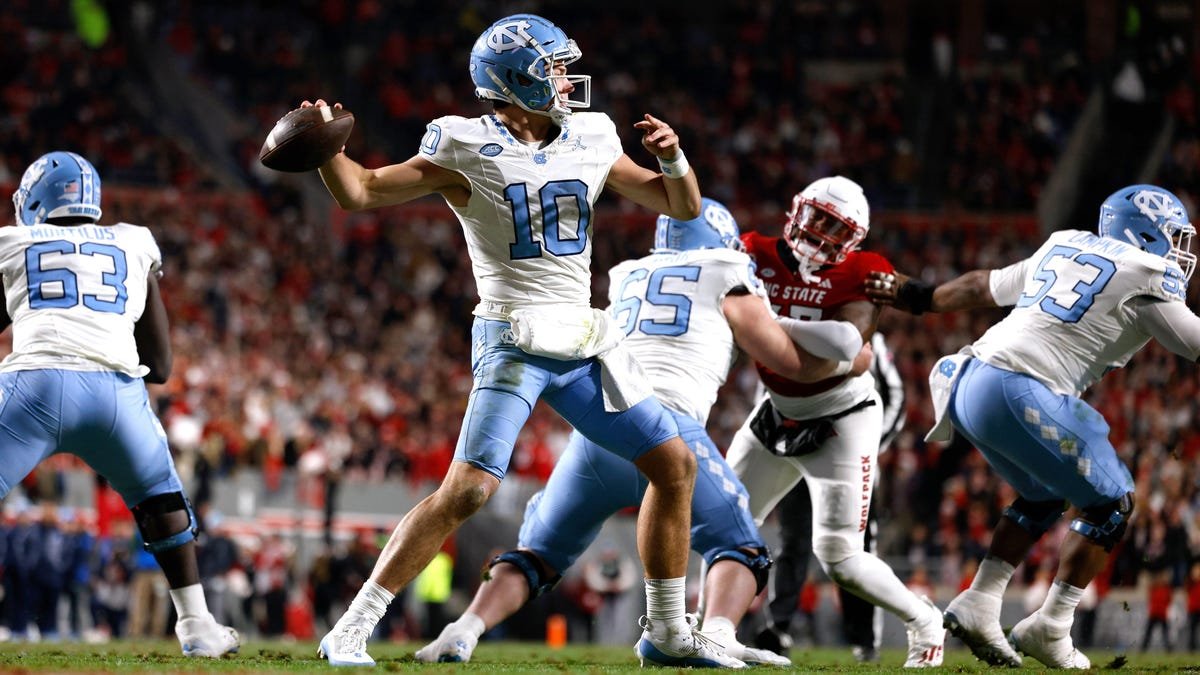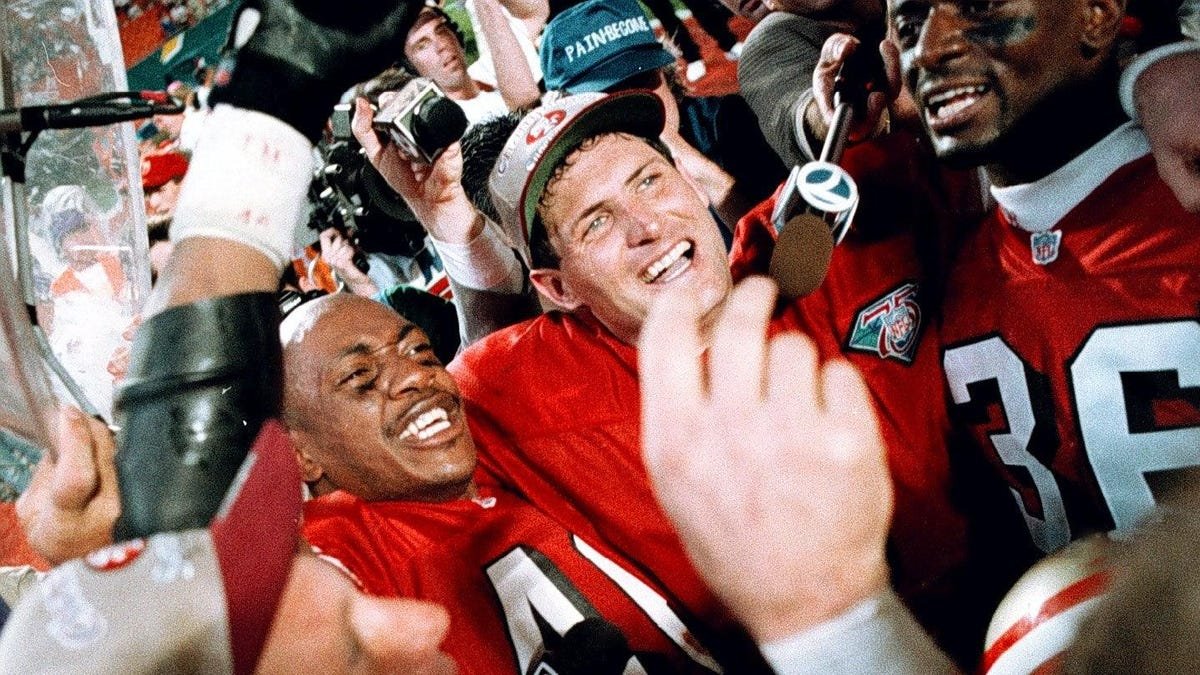There has been a recent buzz surrounding professional golfer Jon Rahm and his potential move to the LIV Tour for a whopping sum of $500 million. This speculation has led to several questions, such as what it means for his Ryder Cup status, considering his previous criticism of the LIV Tour. Additionally, there have been inquiries about the pending merger between LIV and the PGA, and why all of this matters.
To address the merger first, PGA commissioner Jay Monahan has stated that he is still aiming for a firm target of December 31st. Despite the backlash the PGA received, he believes it would be pointless to back out now. This update sets the context for Rahm’s possible move to the LIV Tour.
Rahm, who was previously vocal about his disapproval of the gimmicky LIV Tour, now finds himself in a position where the money may be too tempting to resist. If any part of the earnings can be seen as tainted, then it all is, so Rahm might as well take the deal. Of course, it is important for him to read the fine print and ensure that he is not bound to perform trick shots until an old age. Nevertheless, Rahm’s potential decision reflects the PGA’s own willingness to compromise its ethics.
The PGA engaged in negotiations with the Saudi Public Investment Fund, playing a game of big bank take little bank, but they were ultimately dismissed. This shows that morality holds little weight for the organizers of major tournaments. Inevitably, the Ryder Cup’s superiority complex may also crumble under the pressure of financial incentives.
The true losers in this situation are the golfers who chose to gamble on the PGA’s ethics instead of pursuing the lucrative opportunities presented by the LIV Tour. The PGA, known for its reluctance to pay lower-ranked players a fair wage, ultimately succumbed to the allure of big money. This outcome was expected, if not inevitable.
As of now, both the PGA and LIV Tours will proceed with their 2024 calendars due to the delays and uncertainties surrounding the merger. It remains unclear what the future of golf will look like after the merger, but the PGA’s handling of the situation does not inspire much optimism among American golf fans.
The sport is filled with executives and individuals closely tied to big business, making it inevitable that capitalism would prevail. The rumors surrounding Rahm’s signing with LIV may even be an attempt to further corner Monahan during negotiations. If offered half a billion dollars to be a pawn, it is understandable why Rahm, as well as other golfers like Jason Day and Adrian Meronk, might consider the move. The Saudis, after a six-month ceasefire, seem to be growing impatient and are resorting to the strategy of stacking casualties in their favor.
While there may be few entities willing to throw large sums of money at players to lure them to what some consider an expendable league, this has always been the Saudis’ strategy. It should come as no surprise that they are returning to it, and it should be even less surprising that longtime holdouts are now considering joining the LIV Tour, given the PGA Tour’s hypocrisy.
In conclusion, the speculation surrounding Jon Rahm’s potential move to the LIV Tour and the pending merger between LIV and the PGA raises important questions about the future of golf. The willingness of players to forsake their previous reservations and the PGA’s compromise of its ethics demonstrate the powerful influence of money in the sport. As the world of golf continues to evolve, it remains to be seen how these developments will shape the game and its players.





